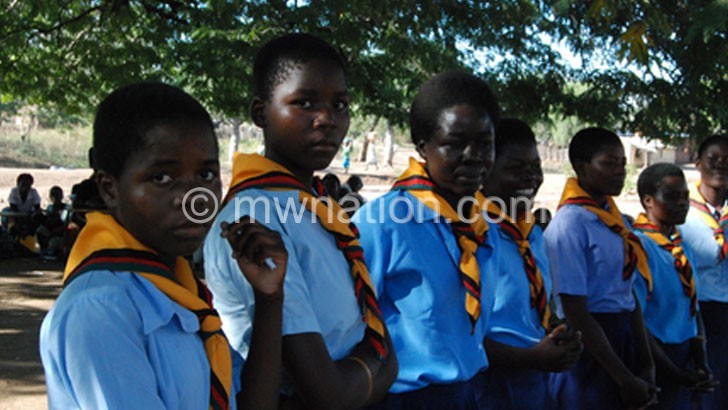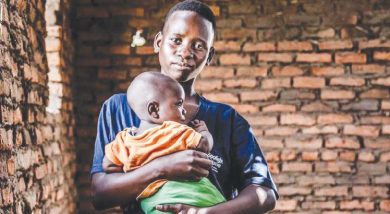School girls going to waste
For Joyce Phiri, school is just a pastime. The 14-year-old, from Kang’oma Village east of Lilongwe City, is among young Malawians who have to choose between marrying young and remaining in school.
“I never dreamed of going far. I just wanted to learn to read and write. Even if I was selected to secondary school, my parents would not afford fees,” she says.

According to the Malawi Demographic Health Survey, six in 10 girls in rural areas like hers marry before their 18th birthday-nearly twice the urban rate.
The country has the highest prevalence of child marriages in southern Africa, with nearly half of girls marrying before the legal marriageable age.
To campaigners, ending early marriages will only help to keep girls in school and the population in check.
According to 2018 census, the country’s population has jumped by over a third from 13.1 million to 17.5 million in the past decade.
The National Statistical Office attributes this to the large family size, with a rural woman likely to have six children in her lifetime.
United Nations Population Fund (UNFPA) representative Young Hong said the expanding family size puts government and families under pressure to educate, feed and ensure good health for a bulging population.
She reckons adolescents are still struggling to access sexual and reproductive health information and services.
She states: “The youth travel for miles to access condoms and contraceptives. Over time, some give up access to family planning methods.
“We are trying to bring the services closer to people; make information available for them and help them to get whatever social assistance they need so that they can confidently exercise their rights without interference.”
Government and its partners are implementing an array of programmes to ensure every girl learns until her dreams come true.
They range from mass awareness campaigns and bursaries to by-laws, fines and termination of early marriages.
“Instead of girls getting pregnant as early as the age of 12; we are saying, ‘no, they should not start having children when they are too young.’ That way, they will go to school and have fewer children when they complete studies,” says Girls Empowerment Network (Genet) executive director Faith Phiri.
To roll back child marriages and enhance girls’ chances in life, Genet senstises them to their sexual and reproductive health rights, including using modern contraceptives.
This helps them to decide when to have a pregnancy and the number of children they can adequately take care of. It also enhances child spacing if they already have children.
“Most adolescents are now equipped with knowledge. In a way, this will help them to have fewer children, thereby lessening population growth,” she explained.
During the International Conference on Population and Development (ICPD) in 1994, Malawi was among 179 countries that endorsed global commitments to ensure everyone makes informed choices about their sexual and reproductive health, including voluntary family planning for sexually active persons.
Three years ago, Parliament increased the legal marriageable age from 16 to 18 to end child marriages.
Last year, government launched a national strategy to reduce early marriage by 20 percent by 2022.
According to the Ministry of Gender, Children, Disability and Social Welfare director of administration McCallum Sibande, achieving the target requires more investment in preventing child marriages than post-marriage response.
“There is need to sensitise children to the ills of child marriages from a tender age. They should grow up thinking that early marriage is wrong and they too can contribute to the development of the country through education,” he said.
However, World Education Initiative executive director Mbonisi Tshuma believes more still needs to be done to meet the target in the next three years.
“Malawi still has arguably the highest prevalence of child marriage in the region. The statistics are dire. In schools and communities across the country, you find young children getting married to peers and to older men. A lot of partners are doing a lot but there is still a lot that needs to be done,” he said.





